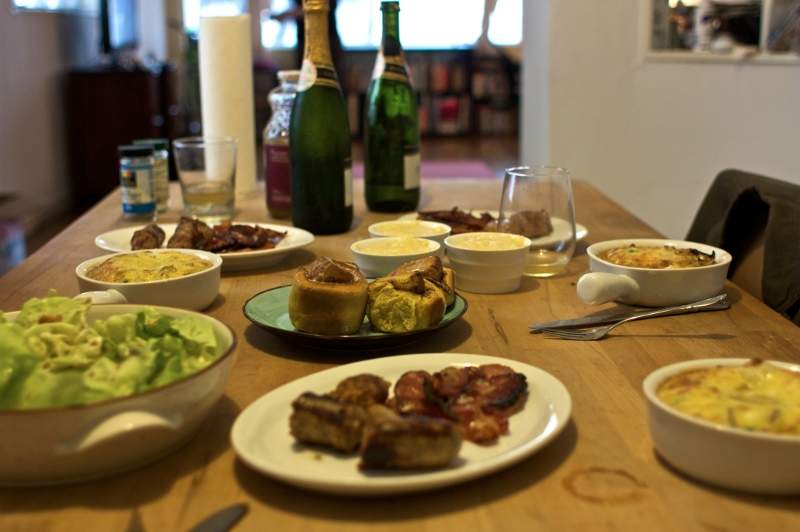
New data released by the Bureau of Labor Statistics has found that higher-income households drive restaurant sales in the US.
The statistics also noted that households with annual income of at least $70,000 were accountable for 63% of last year’s restaurant spending.
In a statement, National Restaurant Association chief economist Bruce Grindy said: “The good news for restaurants is that the number of higher-income households rose steadily in recent years.”
Data from the US Census Bureau showed that households with annual income of $100,000 or more increased by 29% from 2011 to 39.1 million households last year.
In addition, households in the $75,000 to $99,999 income bandwidth have increased 12% between the period of 2011 and 2018.
Grindy added: “In total, there were 10.5 million more households with income above $75,000 in 2018 than there were in 2011, after adjusting for inflation.”
However, the number of households with income of at least $100,000 declined 6% by 2011 while the number decreased 3% for households in the $75,000 to $99,999 range between 2007 and 2011 due to the Great Recession.
Grindy concluded: “The recent steady upward trend is important, because the number of higher-income households shrunk as a result of the Great Recession.
“If the positive trend in higher-income households continues, it bodes well for restaurant sales growth in the years ahead.”



